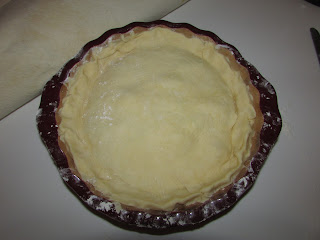Things have been ridiculously busy in our lives over the last several weeks. School has kept me occupied with both substituting and accompanying the choirs; our church has hired a pastor; after a futile housing hunt we prepared our little house here on the farm for him and his wife to live in; and our church is converting a former doctor's office into our new church building.
You will note from the list above that I haven't done any spring gardening or cleaning, and I didn't even put mowing on the list, though the yard is beginning to look like a jungle. All of these necessary activities have prevented me from posting very regularly.
Through it all, we've still managed to be firing the Margin Gem on a daily basis. My goal is to have it heat all of our hot water until the end of May, but we shall see. Lots of factors play into this, such as how much time I have to keep gathering and cutting fuel, how hot the weather becomes, the levels of humidity indoors and out, whether I can keep enough dry fuel ahead, etc.
Today, though, I just wanted to write a quick post to say how truly impressed I am by the water heating capacity of our Margin Gem system. In something I read or watched or in a phone conversation with Daniel Fenoff of Stoves and More LLC, where we purchased our Margin Gem back in 2011, I remember him saying that during the summer months they lit a fire in their cookstove each morning in order to cook breakfast. That fire heated enough water to meet their hot water needs until they had another fire in the evening to cook supper.
With our schedule as full as it has been, we haven't been doing a lot of cooking. Last night we had a cold supper, for example, and the night before that, all I made was a dish that my niece calls "Bougie Ramen." As that involves simply boiling water for three minutes, it was far faster to cook it on the electric stove down in the basement. Thus, what we've been doing is not starting a fire in the cookstove until just before we go to bed. Once the fire is well established, I put large chunks of wood in the stove and turn the draft down so that the fire will burn all night. When we get up in the morning, there is a nice bed of coals that I rake together. I throw some kindling on this, wait a few minutes after it has caught fire, and throw a few more small pieces in. This fire is sufficient to fry a couple eggs or make French toast, and it tops off the hot water enough that we can shower and wash dishes in the mornings.
(Note: The above firing method of firing the cookstove can create an unduly large accumulation of creosote in the chimney. In order to prevent that, I have to use the driest wood that I can find.)
You don't have to have a very hot fire in order to heat quite a bit of water. I think this is due to the large surface area of the Margin Gem's waterfront.
 |
| The interior of the Margin Gem firebox. |
In the picture above, you can kind of see the waterfront. It is the whole left side of the Margin Gem's firebox and measures approximately 16" x 12" which results in about 192 square inches of heat exchanging space. Coupled with a stone-lined 40-gallon Vaughn range boiler, the heating capacity of this system is impressive, I think.
 |
| A picture of the Vaughn range boiler before it was attached to the Margin Gem. |
If I were going to level any complaint against this water system of ours, it would be at the mixing valve which tempers the water as it leaves the tank and goes into the house plumbing.
 |
| Our problematic mixing valve. |

















